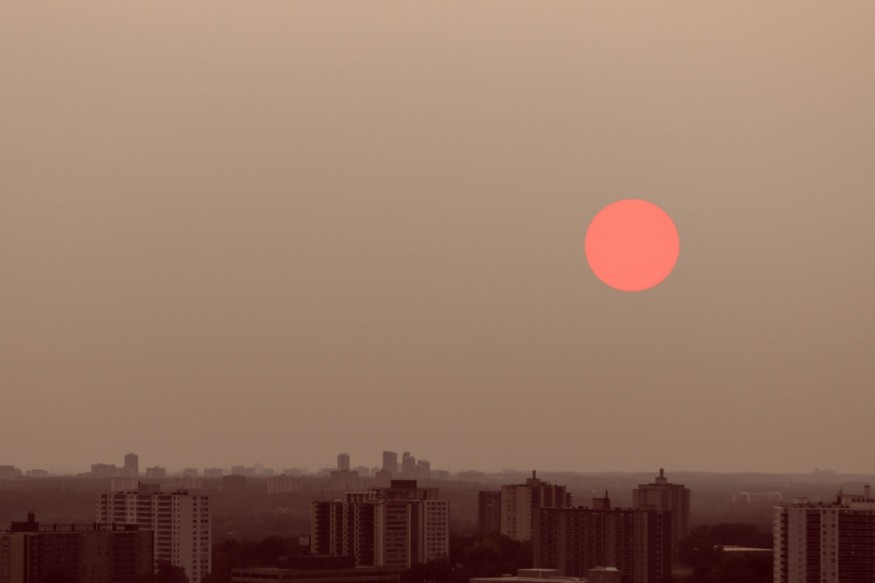Wildfires continue to grow in western regions of US and had spread in states like California to Nevada, overwhelming firefighters and personnel to contain the massive fires.
The Tamarack Fire, south of Lake Tahoe, straddling the border of California and Nevada had already burned over 68 square miles since July 4th, making it one of the 23 blazes ignited by lightning strikes, and 78 large fires spreading across 13 U.S. states, U.S. Forest Service reports, with the Oregon's Bootleg Fire still breaking the record (having a size of over half the size of Rhode Island).
Scientists have been linking the consistent wildfires that sparked during severe heat wave last June to human-induced climate change and global warming. Typically, the Canadian wildfire season doesn't arrive until August, but severe heat had dried vegetation and sped up the process.
Cooler weather conditions help ease wildfire spread

Oregon firefighters and crews had been assisted with better weather condition upon battling the nation's largest wildfire in southern Oregon, and were able to contain 38% of the blaze on Wednesday. Meanwhile, the gusty winds whisked across the west pushed the Northern California wildfire into Nevada on Thursday, which prompted evacuations in affected states, including California, Oregon, Idaho and Montana, as well as British Columbia. Plumes of smoke brought hazy skies to large parts of the western and central U.S.
Fortunately, higher humidity on Wednesday lessens challenges for firefighting crews, especially in using bulldozers and helicopters.
"Fire crews and support personnel have made significant progress in containing this fire in the last few days," Joe Prummer, incident commander trainee of Pacific Northwest Incident Management Team 2, said in a statement. "However, we still have a long road ahead of us to ensure the safety of the surrounding communities."
The California wildfires has now dramatically increased in size from Monday through Tuesday, with 83 large fires and about 300 to the north in British Columbia. The climate change-related drought and extreme heat waves that dried out forests and grasslands are also major factors on why the fire across regions don't die out.
Also read : Humidity Relief in Northeast Won't Last for Long
Western wildfire smokes haze big cities, becoming visible from space
The smoke from wildfires bringing harmful effects on air quality, reaches big cities in the East Coast such as New York, Philadelphia and Washington, D.C. The western atmospheres had turned hazy after consequent wildfires in the region, triggering air quality in the Upper Midwest as well.
According to the National Weather Service, the plumes of smoke had even become visible from space, captured by the Visible Infrared Imaging Radiometer Suite (VIIRS) on the NOAA-20 spacecraft, due to hundreds of burning wildfires in the U.S.
The U.S. National Weather Service office in Duluth issued an air quality alert for parts of northeastern Minnesota brought by plumes of smoke, aside from the extra particles in the atmosphere (aerosols) that have contributed to air pollution.
About 20,000 firefighters have already been deployed to contain blazes since the western wildfire season kicked into high gear about two months ago.
© 2025 NatureWorldNews.com All rights reserved. Do not reproduce without permission.





